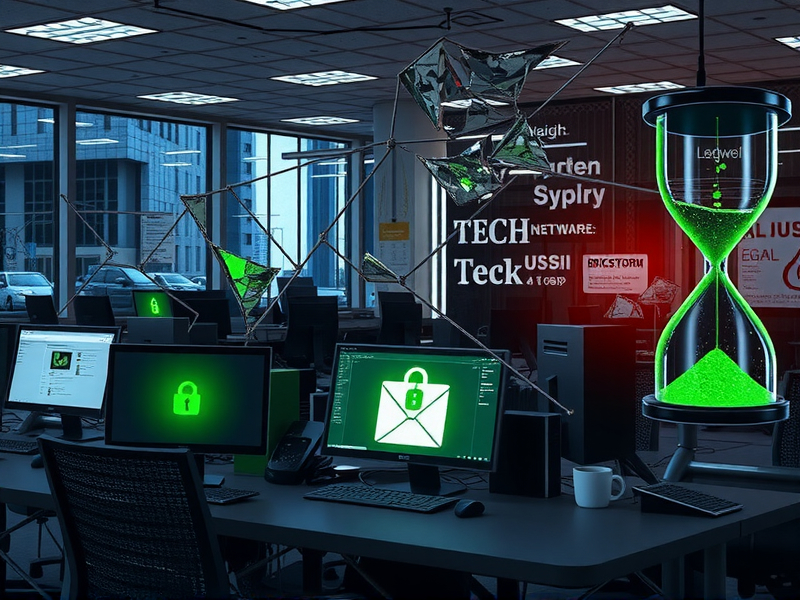Threat Overview
The Google Threat Intelligence Group (GTIG) has recently identified a significant cyber threat known as BRICKSTORM malware. This advanced persistent threat (APT) is being used to maintain long-term access to victim organizations, primarily in the United States. Since March 2025, Mandiant Consulting has been actively responding to intrusions across various industry verticals, with a particular focus on legal services, Software as a Service (SaaS) providers, Business Process Outsourcers (BPOs), and Technology sectors.
The BRICKSTORM malware is designed to enable stealthy backdoor access, allowing threat actors to conduct espionage operations. The value of these targets extends beyond typical data theft; the information gathered can be used to develop zero-day exploits and establish pivot points for broader access to downstream victims. This makes the threat particularly insidious and far-reaching.
Attack Pattern
The BRICKSTORM malware operates through a sophisticated attack pattern that includes initial compromise, lateral movement, data exfiltration, and persistence mechanisms. The initial compromise often involves phishing emails or exploit kits targeting known vulnerabilities in software used by the victim organizations. Once inside the network, the malware uses various techniques to move laterally, avoiding detection by traditional security measures.
Data exfiltration is conducted in a manner that minimizes the risk of detection. Threat actors use encrypted communication channels and carefully timed data transfers to avoid raising alarms. Persistence mechanisms ensure that the malware can maintain access over extended periods, even if individual components are discovered and removed.
Recommendations for Mitigation
To protect against BRICKSTORM malware and similar threats, organizations should implement a multi-layered security strategy. This includes:
- Regular Updates and Patching: Ensure that all software and systems are regularly updated with the latest security patches to minimize vulnerabilities.
- Employee Training: Conduct regular training sessions for employees on recognizing phishing attempts and other social engineering tactics.
- Network Segmentation: Implement network segmentation to limit lateral movement within the network, making it harder for attackers to access sensitive data.
- Intrusion Detection Systems (IDS): Deploy IDS to monitor network traffic for suspicious activities and potential breaches.
- Regular Audits: Conduct regular security audits and vulnerability assessments to identify and address potential weaknesses in the system.
- Incident Response Plan: Develop and maintain an incident response plan to quickly detect, respond to, and recover from security incidents.
The BRICKSTORM malware represents a significant threat to organizations in the tech and legal sectors. By understanding the attack pattern and implementing robust security measures, organizations can better protect themselves against this and similar cyber threats.


